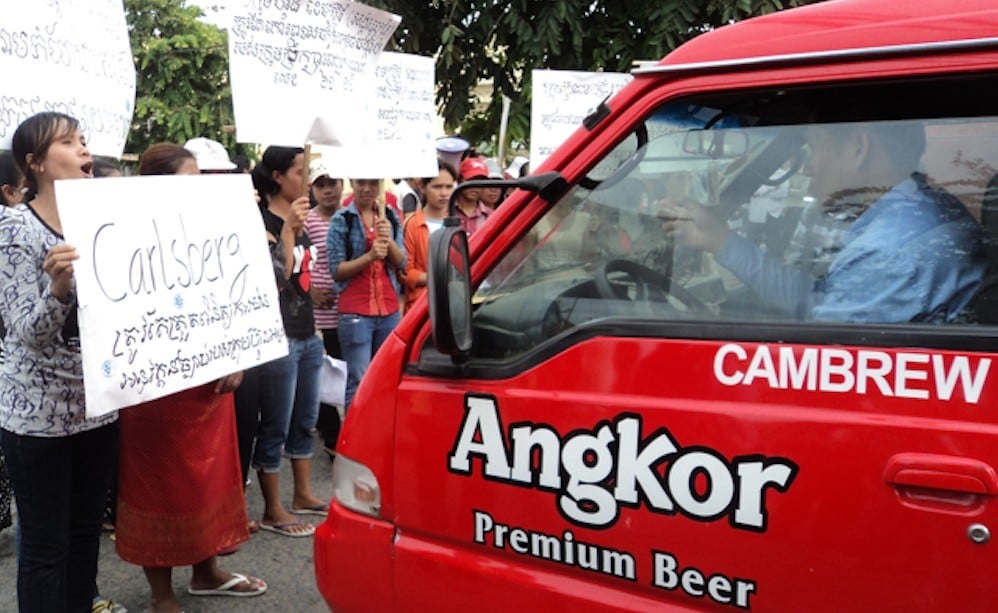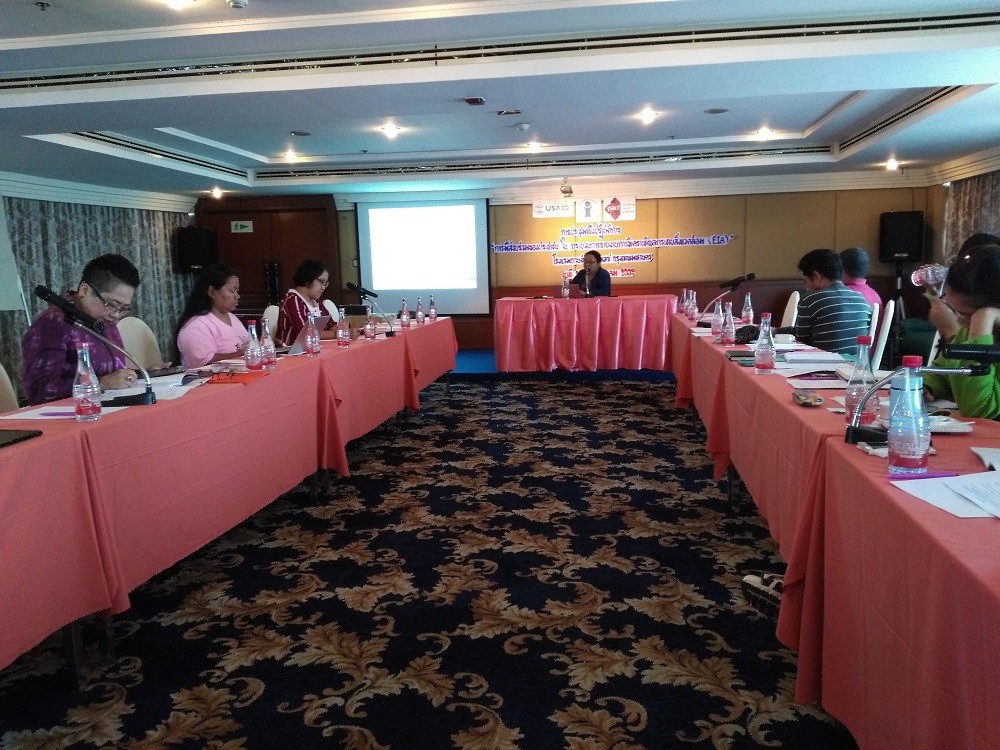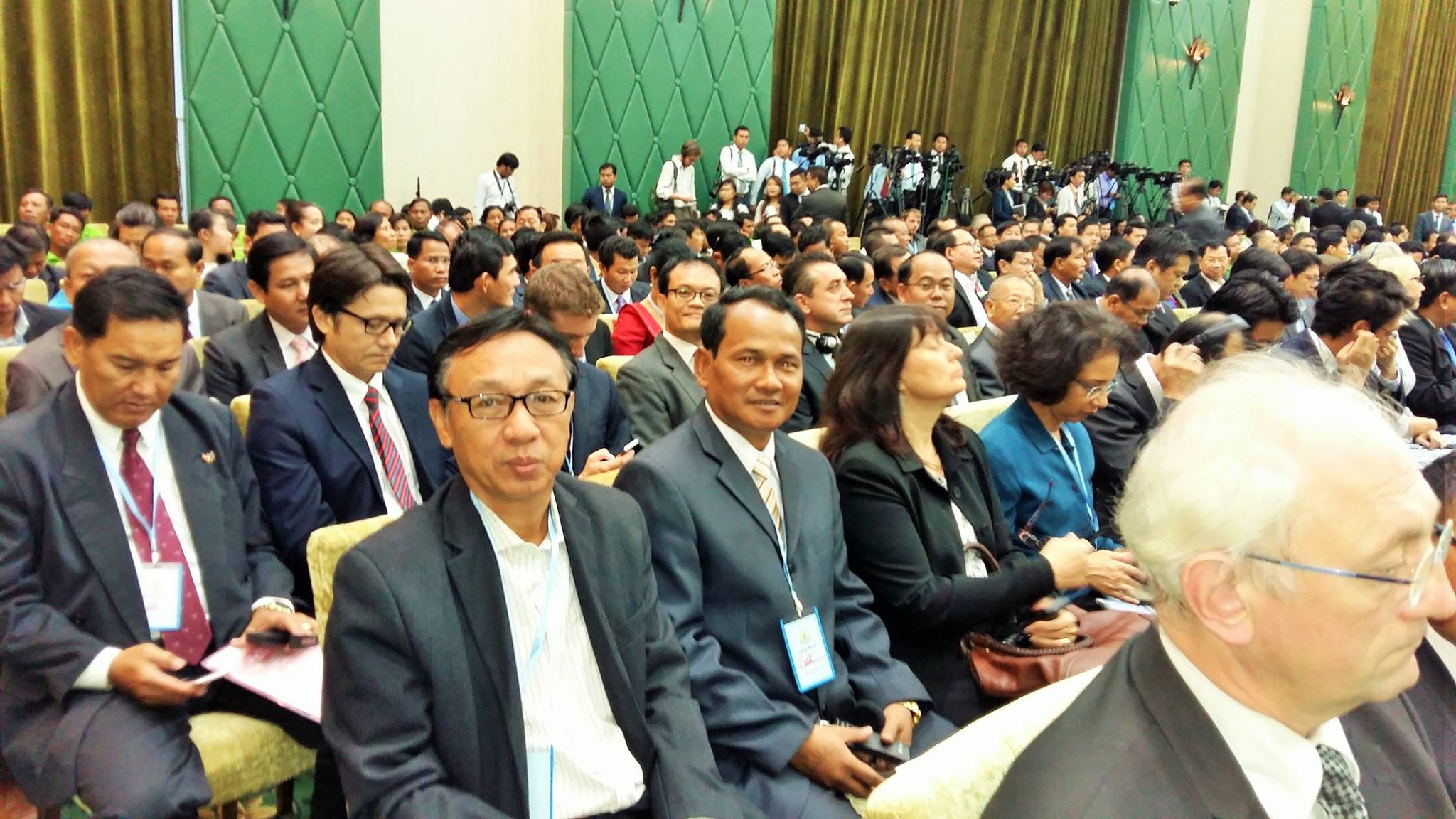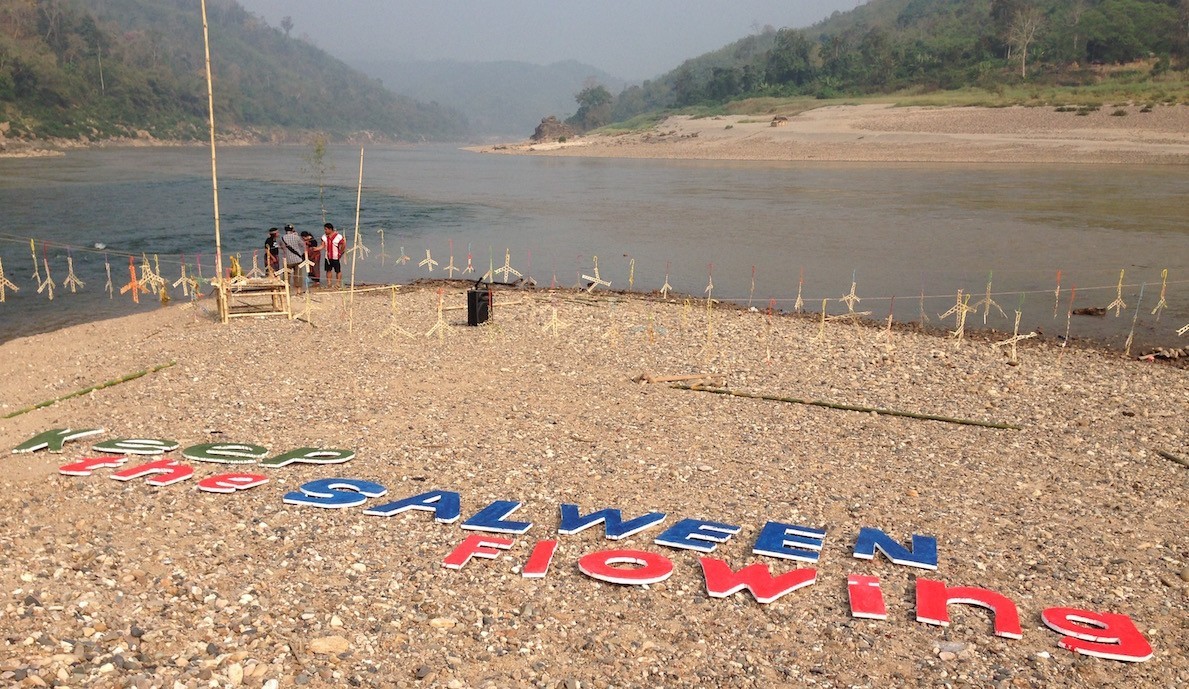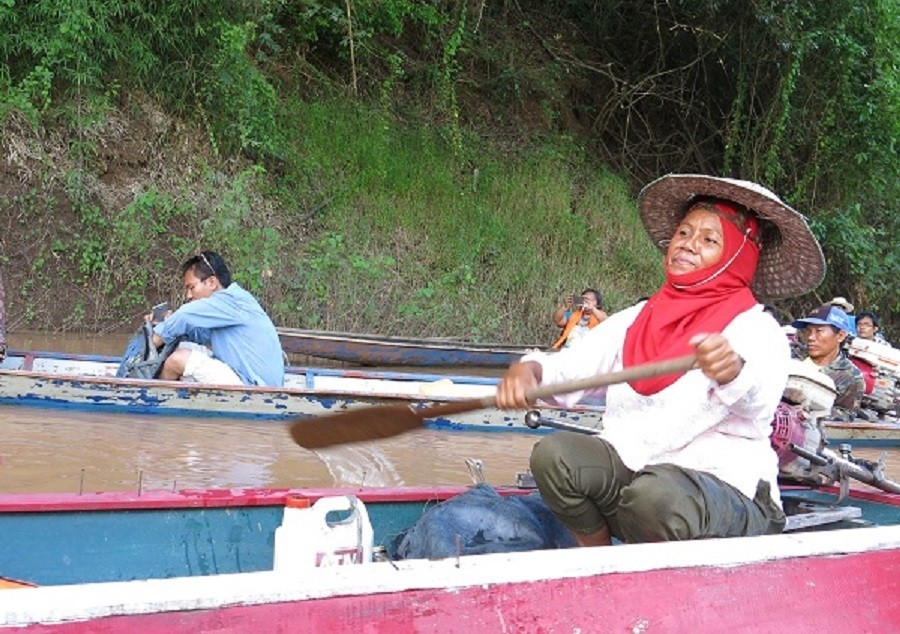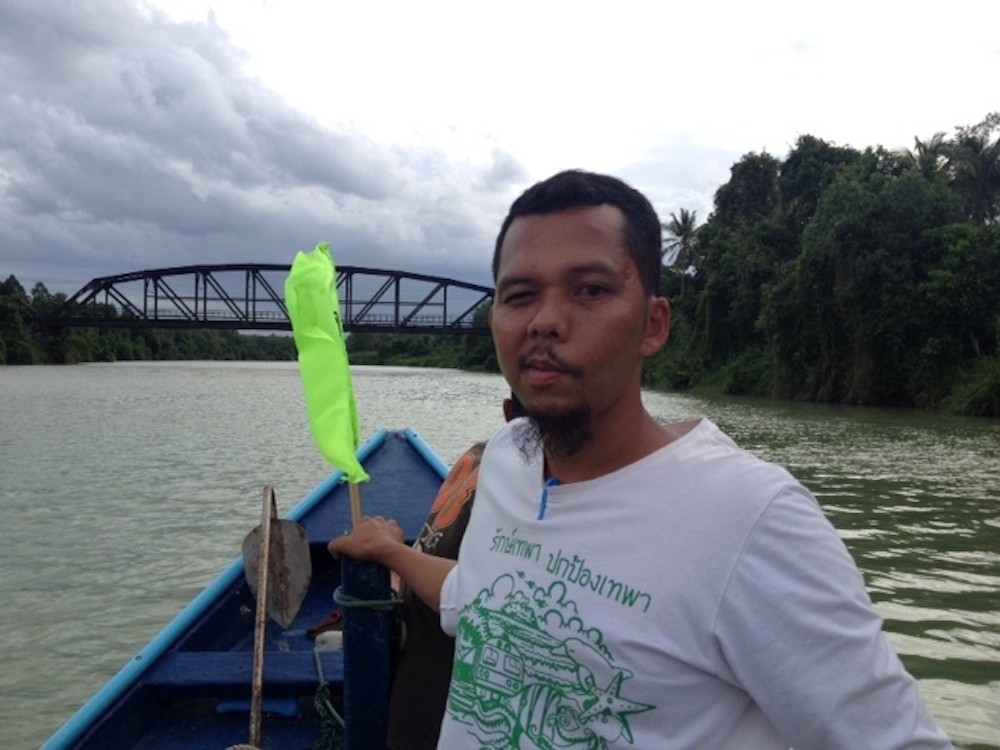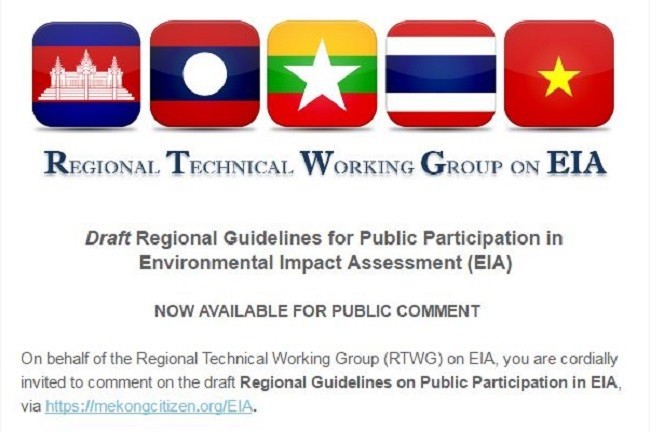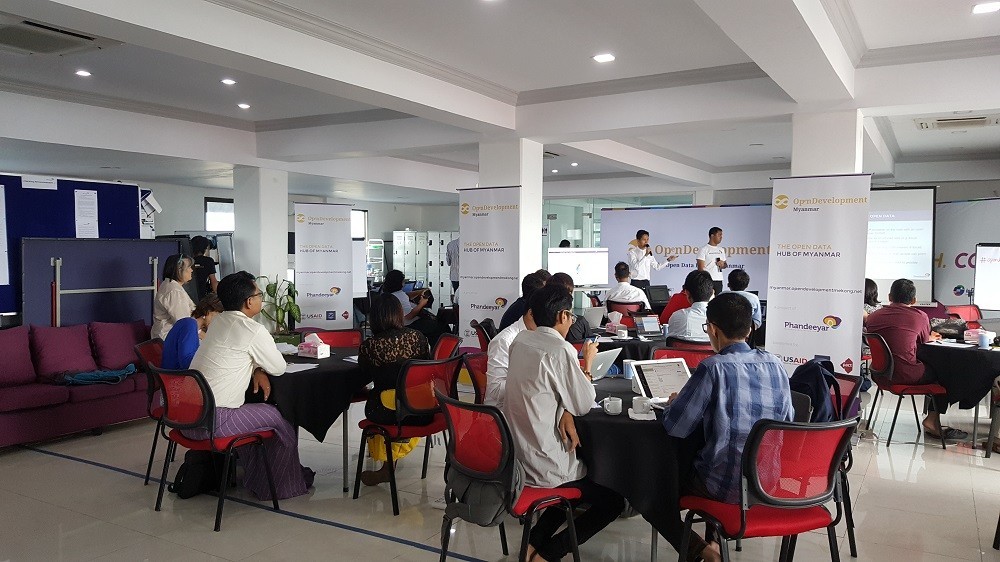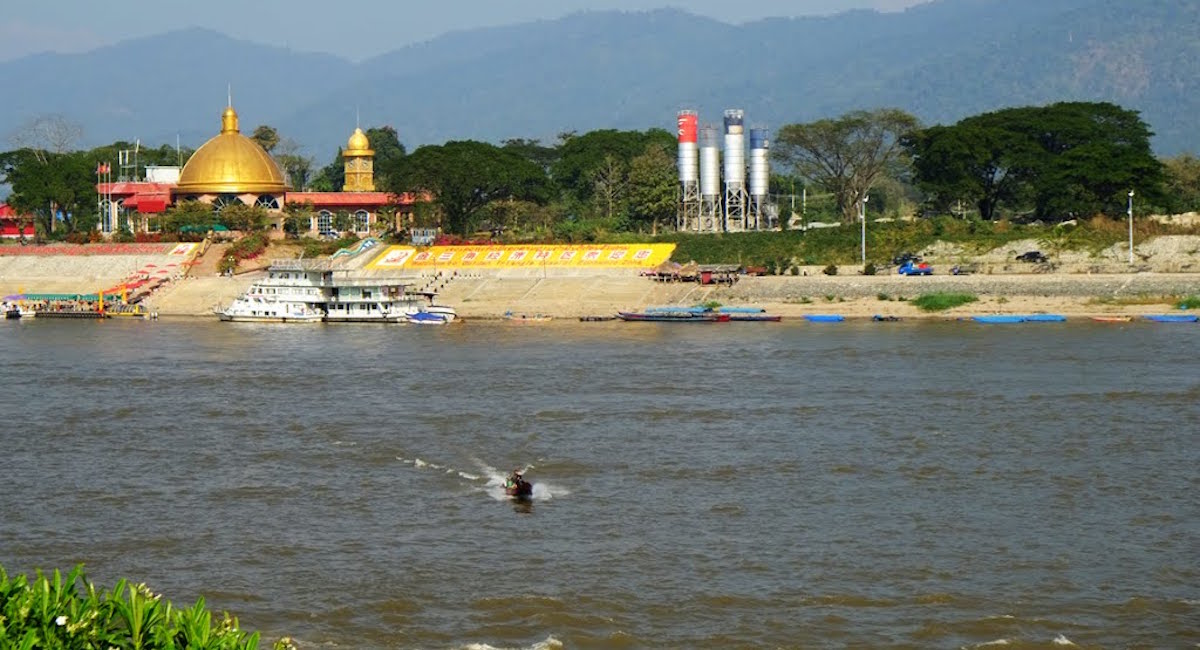Community members worried about a major dam being constructed in Laos released a video this week appealing for a boycott of Cambodia’s number one beer manufacturer, Angkor Beer.
“Stop Don Sahong, Boycott Angkor Beer” claims the 32 meter-high dam now under construction will affect the flow of the Mekong River, destroy fisheries and farmland in Cambodia and the lower Mekong, and affect millions of people in neighboring countries—all to generate only 260 MW of hydroelectricity. Of particular concern is the loss of of the last of the Irrawaddy dolphin’s Mekong habitat.


